For decades, a pattern emerged in Japan where the popularity of certain manga or anime led game developers to swiftly create video games based on those licenses. However, the success of these adaptations varied widely, as many of them were rushed and aimed primarily at a young audience.
Yet, amidst this trend, an unconventional move by a game developer resulted in the creation of one of the most exceptional anime-based game series ever made. The mastermind behind this unexpected success was Tecmo, and the license they acquired was for Captain Tsubasa. Between the years 1989 and 1994, Tecmo embarked on the development of seven games centered around the Captain Tsubasa universe:
Captain Tsubasa (1988) for the Famicom
Captain Tsubasa II: Super Striker (1990) for the Famicom
Captain Tsubasa VS (1992) for the Gameboy
Captain Tsubasa III: The Kaiser’s Challenge (1992) for the Super Famicom
Captain Tsubasa IV: Professional Rivals (1993) for the Super Famicom
Captain Tsubasa (1994) for the Sega CD
Captain Tsubasa V: Campione Champion Title (1994) for the Super Famicom
Moreover, Tecmo also introduced two additional games:
Tecmo Cup Soccer (1992) for the NES, essentially an adaptation of the first Captain Tsubasa game but featuring American characters for its English release.
Tecmo Cup Football Game (1993), which employed the same gameplay mechanics but utilized non-Captain Tsubasa characters. Unfortunately, this project was eventually canceled.
Gameplay & Narrative
The distinctiveness of this game series stems from both its gameplay mechanics and narrative. Instead of opting for a conventional football simulation, which the Famicom was more than capable of handling, Tecmo decided to craft its own unique system. In essence, whenever a player engaged an opponent or multiple opponents, the game would pause, affording the player the chance to make strategic decisions.
When in possession of the ball, players could choose from options like dribbling, passing, shooting, or executing a one-two maneuver. If confronted by an opponent with the ball, the available choices included tackling and pass-cutting.
Furthermore, each player had a “guts” meter (representing stamina) that diminished with each action taken. Special moves, such as special shots and tackles, demanded more guts than regular actions, prompting players to make thoughtful choices. This strategic element added a depth rarely found in conventional football games.
For instance, before attempting Tsubasa’s powerful drive shot, players needed to consider whether it was wise to expend substantial guts against a seemingly weak goalkeeper.
Additionally, in case of defeat, some of the characters would level up, enhancing their stats for subsequent attempts.
This ingenious command-based system was a boon for fans of the Captain Tsubasa franchise, eliminating the need to master complex button combinations to replicate iconic moves seen in the manga or anime.
Turning to the narrative, here is where the game series truly excelled. After the original manga concluded in 1988, its creator, Yoichi Takahashi, embarked on a new manga project. With the release of the inaugural Captain Tsubasa game in 1988, and no direct source material to adapt, Tecmo collaborated with Takahashi to create an entirely original story for the sequel, Captain Tsubasa II: Super Striker.
In this installment, Tsubasa’s journey took him to São Paulo, a storyline hinted at but never fully realized in the original manga.
Subsequently, Tsubasa and the All Star Japan team participated in a global tournament against the world’s top teams. This marked the beginning of Tecmo’s collaboration with Takahashi to develop further storylines for subsequent sequels on the Super Famicom.
Similar to Captain Tsubasa II, these games also introduced exclusive characters and narratives unique to the game universe, thus extending the manga’s legacy.
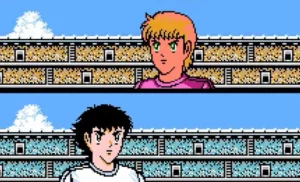
In these games, our cherished characters would often find themselves joining renowned football clubs. For instance, take Kojiro Hyuga, who becomes a part of Juventus towards the end of Captain Tsubasa IV and continues his journey with the team in Captain Tsubasa V. It wasn’t until the “Road to 2002” manga arc in 2002 that our characters started transitioning into professional football. And, interestingly enough, in that very arc, Hyuga’s path led him to Juventus, echoing the game’s prediction.
Naturally, such alignment wasn’t always the case, but it does hint at Takahashi’s preconceived ideas while collaborating with Tecmo on the game narratives – ideas he might have had in store for a Captain Tsubasa sequel.
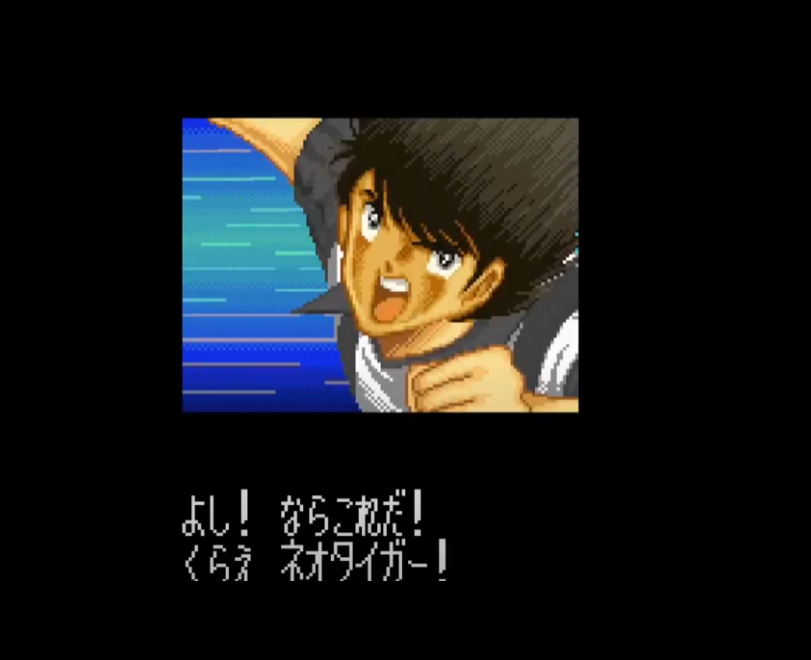
After an unfruitful attempt by Takahashi to replicate Captain Tsubasa’s success with a tennis manga, and others, he eventually decided to revive his baby. He kicked things off by releasing a short story titled “Captain Tsubasa: World Youth Special: The Strongest Opponent! Netherlands Youth” in 1993. Then, in 1994, he officially launched the sequel manga named “Captain Tsubasa: World Youth.”
Following Captain Tsubasa V, for reasons that elude me, the rights to Captain Tsubasa games were handed over to other game developers. For the anime reboot, Captain Tsubasa J, Bandai took the reins of the games. Among the three games tied to the J anime, only the PlayStation version stood out as a decent game. As for the manga, Konami took the lead. They boldly experimented with the series and even emulated Tecmo’s system at times.
However, they couldn’t quite attain the same heights Tecmo had reached, with some of their releases falling short in quality.
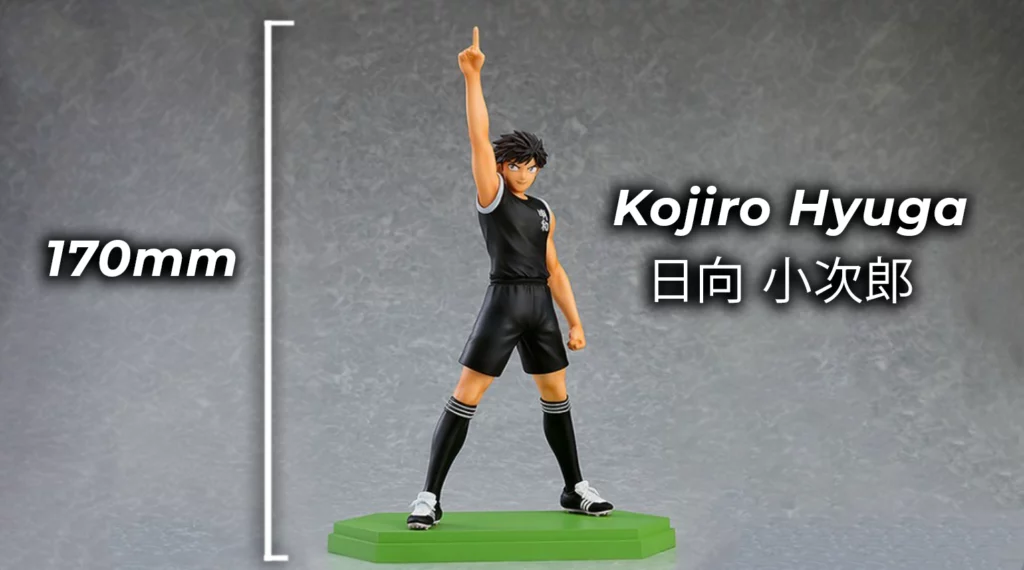
Influence
Fast-forward to today, and we’ve got “Captain Tsubasa: Dream Team,” a mobile gacha game developed by KLab. Unsurprisingly, they brought back Tecmo’s command system with their own changes. Prior to that, they dipped their toes in the water with a web game version that had a similar system. Also, if you browse YouTube and type in Captain Tsubasa 2 hacks, you will be flooded by videos of people still tinkering with the game to this day.
Now, the most recent console offering, Captain Tsubasa: Rise of New Champions departs from Tecmo’s signature command system while retaining many RPG elements typically found in Captain Tsubasa games. On the surface, it’s an action-packed game, but if you delve into the skill system, you’ll realize it can be just as strategic as its predecessors.
An often overlooked fact about Tecmo’s Captain Tsubasa is that its command system served as the primary inspiration for Final Fantasy X’s blitzball minigame.
Furthermore, Touhou fans have crafted two games that humorously parody the Tecmo games. They’re Touhou Soccer 1 and Touhou Soccer 2.
On a side note, there’s someone who’s trying to remake Captain Tsubasa II: Super Striker with updated visuals inspired by the 1983 anime. Considering this is the most popular game of the series, it’s no wonder that fans of old have deep nostalgic value for this game, and I can only hope that it sees completion and we can re-experience this amazing game again.
Conclusion
Whenever a fresh anime-themed game hits the shelves, my thoughts instinctively turn to Tecmo’s Captain Tsubasa series. Let me be upfront, these games weren’t without their quirks, but when the dust settles, what remains is their remarkable quality and enduring appeal. Even now, revisiting them evokes a sense of delight that hasn’t waned over time.
Yet, it’s regrettable that these games were never properly localized, leaving me to decipher some Japanese commands on my own. I firmly believe that if these games had reached the English-speaking audience back then, football fans wouldn’t have remained as firmly locked into FIFA and PES.
They would have discovered that a football game needn’t be entirely bound by realism to offer an incredibly satisfying experience.
Read my other Captain Tsubasa articles
Captain Tsubasa Manga Reading Order
Captain Tsubasa Rising Sun THE FINAL: Chapter 1 & 2 Review
Captain Tsubasa Rising Sun THE FINAL: Chapter 3 & 4 Review
Abandoned characters of Captain Tsubasa

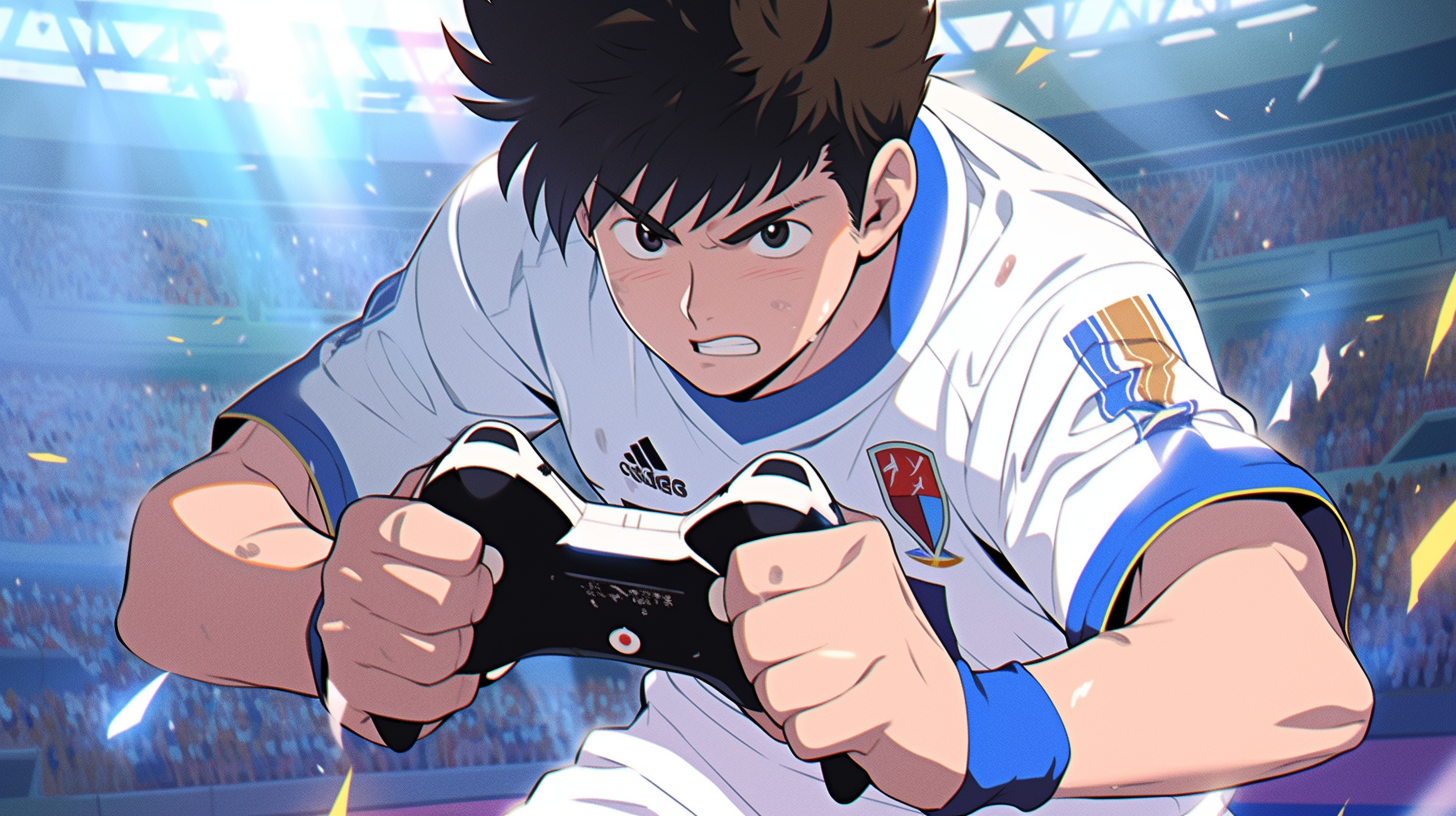
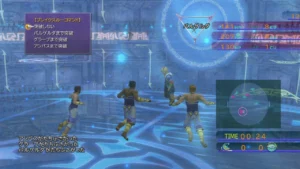

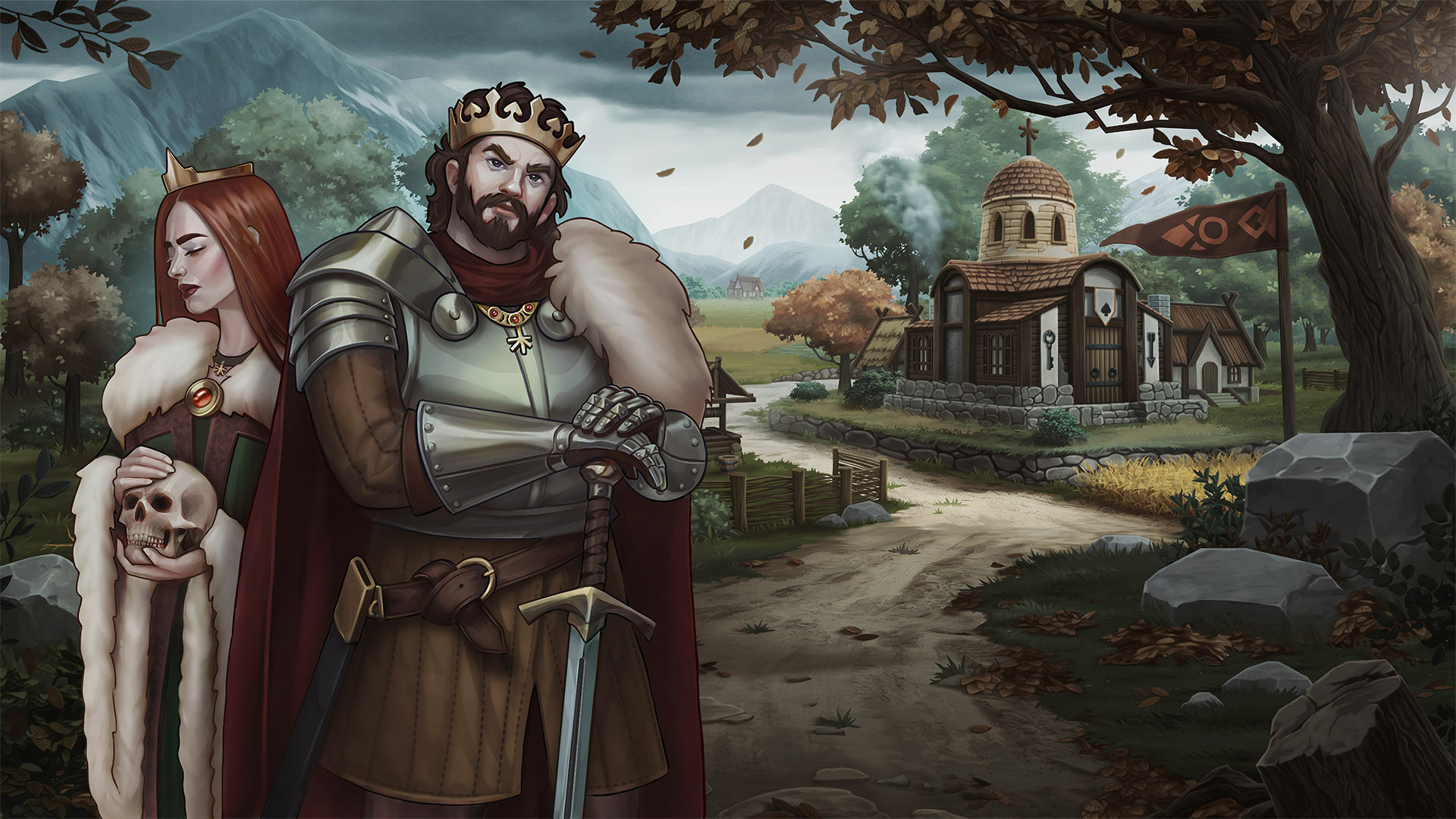
Thanks for the nostalgic tip and for mention my project!